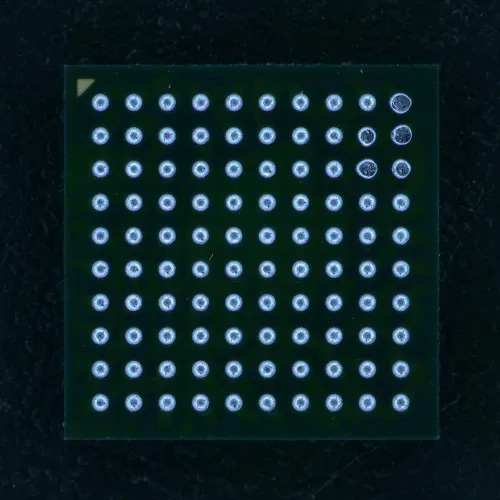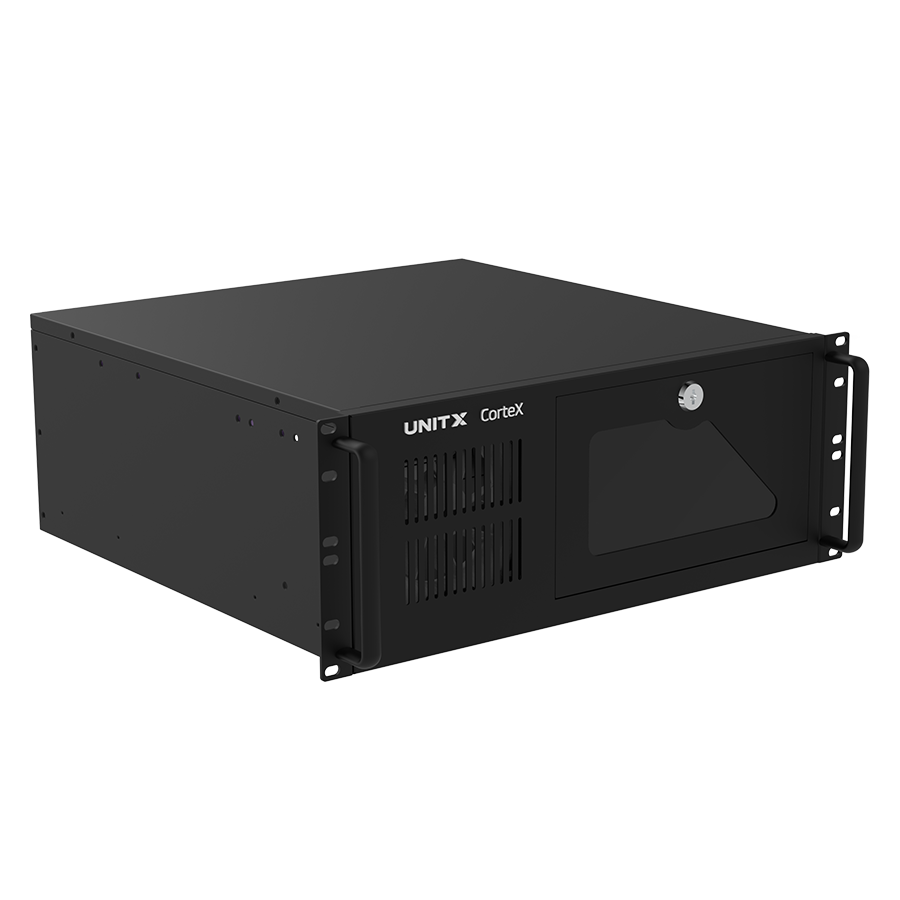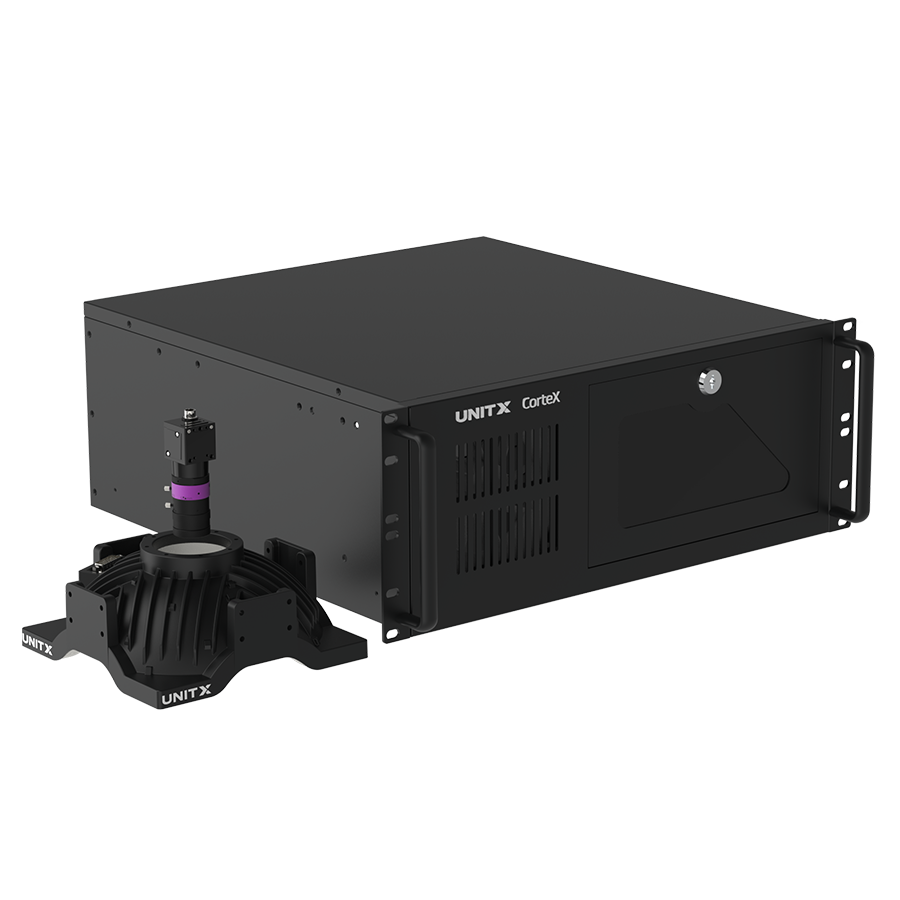PCBA
Printed Circuit Board Assemblies (PCBAs) are critical to virtually all electronic products, from simple devices to complex computing systems. They provide the necessary platform for mounting and interconnecting electronic components in a compact and efficient manner, enabling the functionality of modern electronic devices.
Manufacturers face strong global competition in PCBA manufacturing– in order to grow and maintain market share, manufacturers need to need to meet high quality standards while optimizing yield and producing PCBAs at a competitive cost. To do this, manufacturers are increasingly adopting automated inspection technology.
But PCBA inspection is challenging. First, modern PCBAs contain small components that are getting smaller over time. This drive toward miniaturization has led to high component density on PCBAs. Second, PCBA designs are increasingly complex with multiple layers and intricate connections. Third, the electronic industry is rapidly innovating, resulting in frequent changes to design and components. Finally, high-speed PCBA production machines run at astonishing speeds– Surface Mount Technology (SMT) pick-and-place machines are capable of placing 10,000 to 100,000+ components per hour.
PCBA manufacturers need a precise and flexible inspection technology that handles complexity and supports rapid cycle times.

Applications
UnitX automates inspection across all PCBA manufacturing processes such as::
PBC Fabrication
PCB fabrication transforms a digital design into a phsyical board by layering insulating materials, etching copper circuits, and applying protective coatings, all precisely controlled to create a functional foundation for electronic components.
UnitX inspects bare PCBs for defects like etching errors, missing traces, or shorts in the copper circuitry which, if undetected, can lead to circuit malfunctions or even component failure. By catching defects before components are assembled, UnitX helps manufacturers save time and money by avoiding costly rework.
Solder Paste Application
Solder paste is applied to the areas of the PCB where components will be placed. It’s crucial for achieving reliable and high-quality PCB assemblies but it can introduce manufacturing defects if not properly controlled.
UnitX inspects PCBs for solder paste application defects that, if not caught, can lead to short circuits and failed connections between components and PCB pads. Solder paste application defects can also cause further issues in downstream pick and place processes, so its cheaper to catch defects to rework early. By identifying defects before additional value add steps are taken, manufacturers can save money and ensure proper functioning of PCBAs. These defects can also indicate failures in stencil equipment, alignment techniques, and printing parameters. Manufacturers can use UnitX to identify root causes and optimize processes to improve yield.
Pick and Place
After solder paste is applied, an automated pick-and-place machine precisely places components on the solder paste dots. While Pick and Place machines are typically very efficient and accurate, defects still occur.
UnitX inspects PCBs for pick and place defects that, if not caught, can lead to open circuits and inadequate electrical connections that reduce PCBA reliability and cause premature failure. These defects sometimes indicate failures in pick and place machines that need to be recalibrated. But more often, they’re indicative of solder paste application process issues upstream. By detecting these defects and fixing upstream processes, manufacturers use UnitX to optimize PCBA production yield.
Reflow Soldering
Once the components are placed on the PBC, it passes through a reflow oven that melts the solder paste to form a solder joint with permanent connections between the components and the PCB pads.
UnitX inspecst PCBs for defects occurring during the reflow soldering process that, if not caught, can cause electrical shorts and open circuits that reduce performance and reliability and cause PCB failure. These defects can also indicate upstream issues and equipment failures such as improper solder paste application, component placement issues, and incorrect reflow profiles. By detecting these defects and fixing upstream processes, manufacturers use UnitX to optimize PCBA production yield.
Solutions

(via integration with third party vision systems)
Rapid deployment of UnitX AI with existing systems. UnitX’s CorteX integrates with traditional third party vision systems to provide defect detection faster and more accurately where you already have vision systems deployed

(via integration with X-Ray / CT Scanners)
Rapid deployment of UnitX AI with existing systems. UnitX’s CorteX integrates with X-Ray / CT scanners to more accurately detect internal defects not apparent on the surface such as defects in solder joints hidden under surface-mounted components and defects in internal layers in multilayer PCBAs

Advantages
UnitX’s unique advantages ultimately help PCBA manufacturers ensure quality while improving yield:
Reduced cost
100% automated inline inspection replaces need for manual inspectors
Increased throughput
High-speed imaging & AI inference speeds that match cycle times
Reduced waste
Deployable across all stages of PCBA manufacturing processes to identify defects early in the production process and provide rapid corrective action
Reduced escapes
Accurately detects defects that are highly variable and complex in shape, size, and presentation
Reduced overkill
Adjustable thresholds to distinguish unacceptable defects from defects that are within tolerances
Faster deployment
Sample-efficient AI that requires as few as 5 images to train
Introducing
UnitX
UnitX provides AI vision to help manufacturers automate inspection. PCBA manufacturers use UnitX solutions to detect defects across the entire manufacturing process from solder paste application to pick and place to reflow soldering.
PCBA Application Examples
To learn more about how UnitX can automate inspection for you, please contact us here